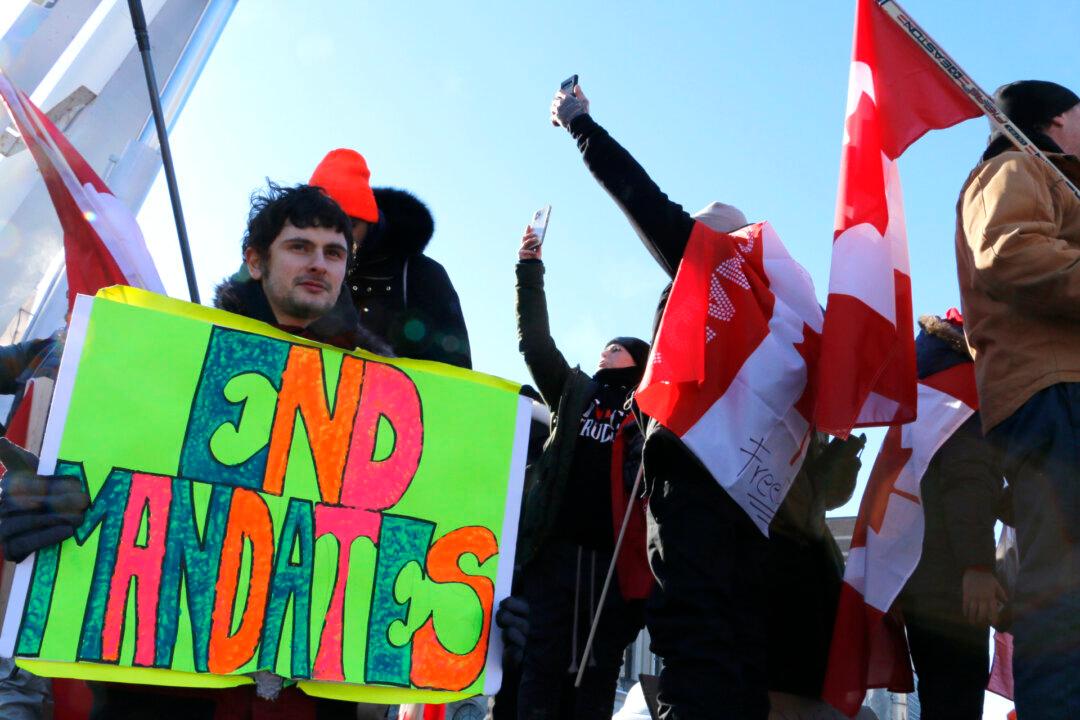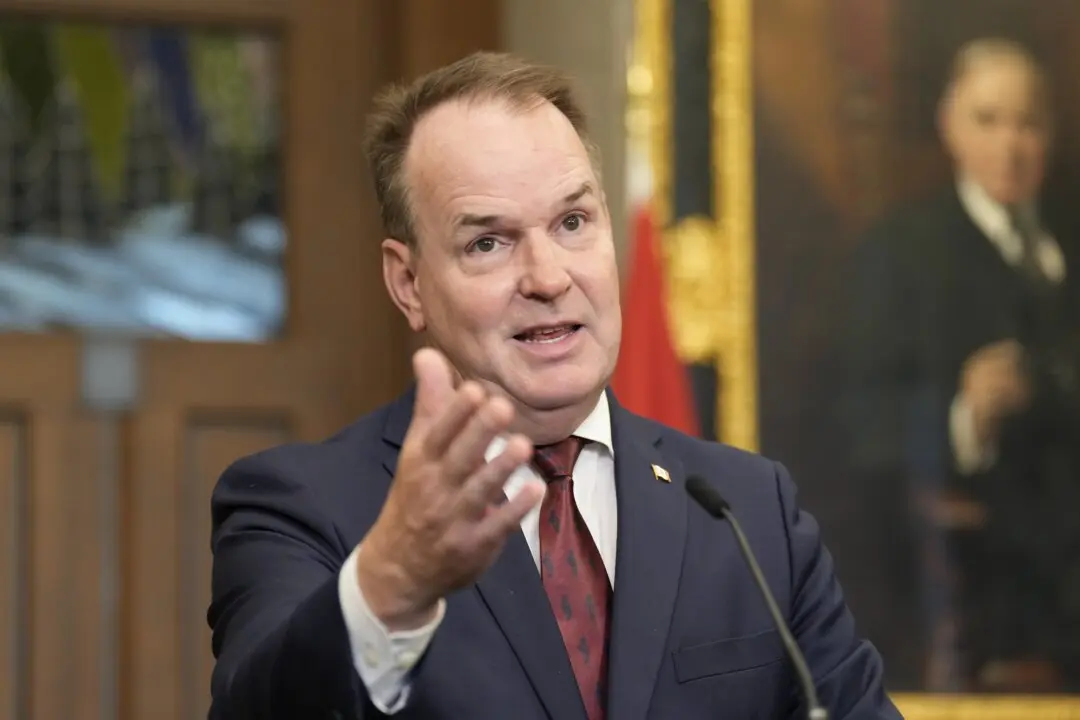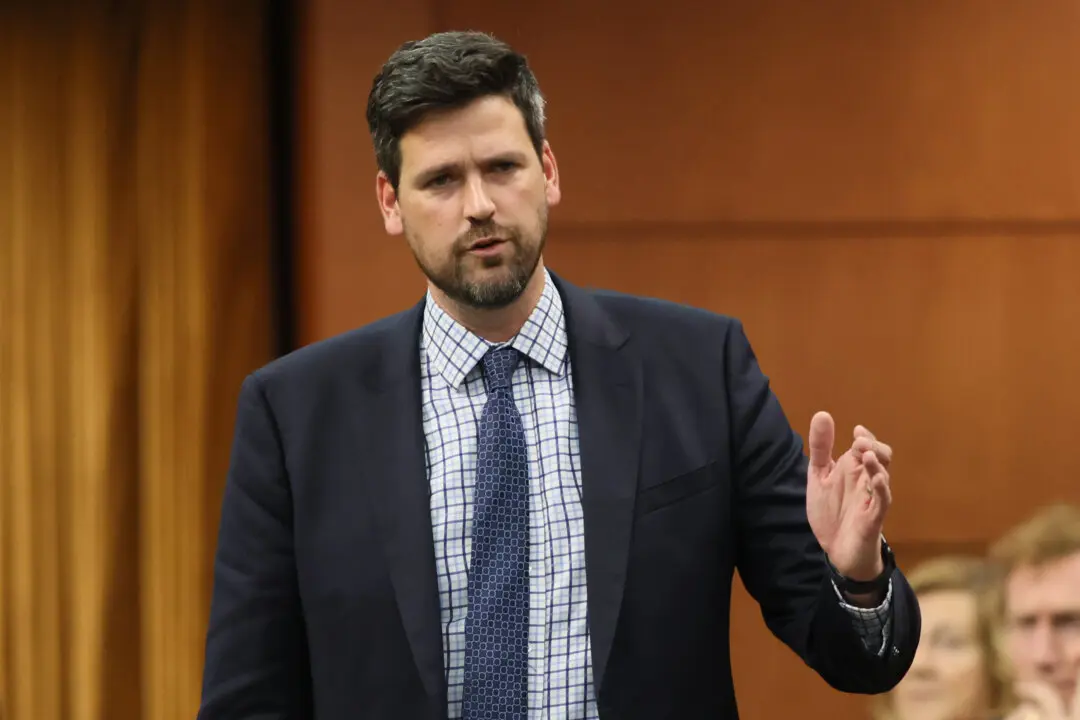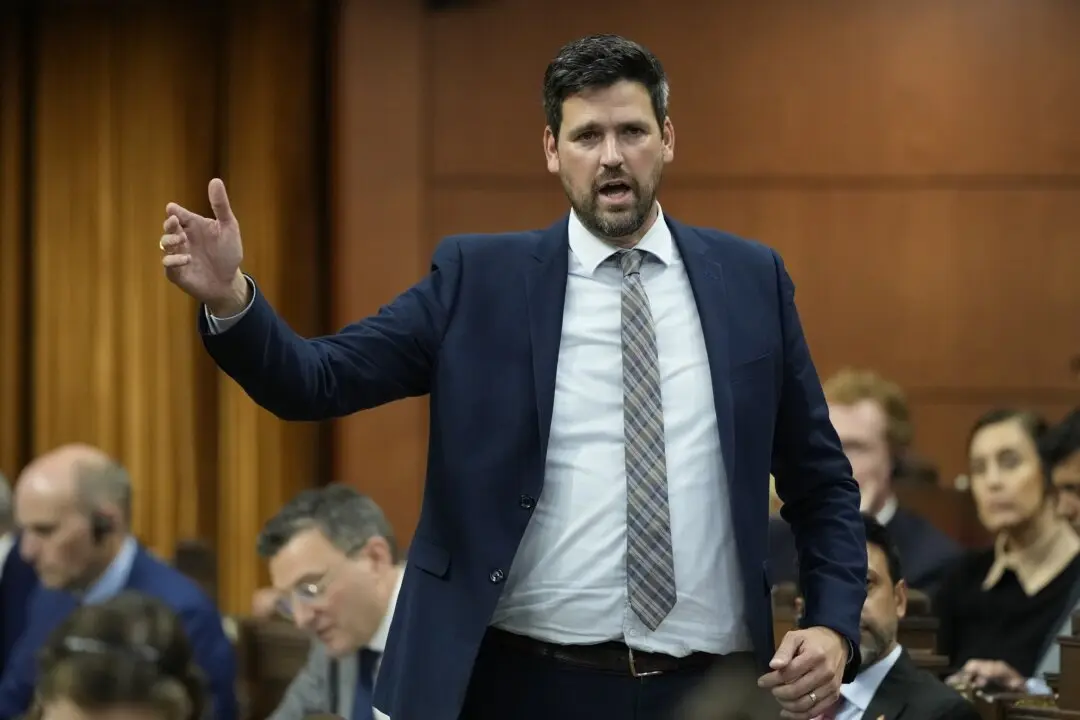The federal government has put a number on how many Canadians it believes will decline to receive a COVID-19 injection even if pressured, according to a recently declassified briefing to cabinet.
“[Seven] to 9 percent of the population does not intend to be vaccinated and are unlikely to be swayed by mandates,” says the heavily redacted briefing filed as evidence as part of the lawsuits challenging the travel vaccine mandate.





